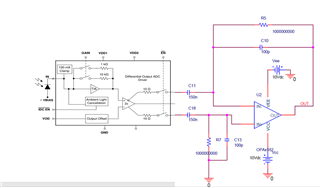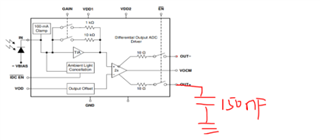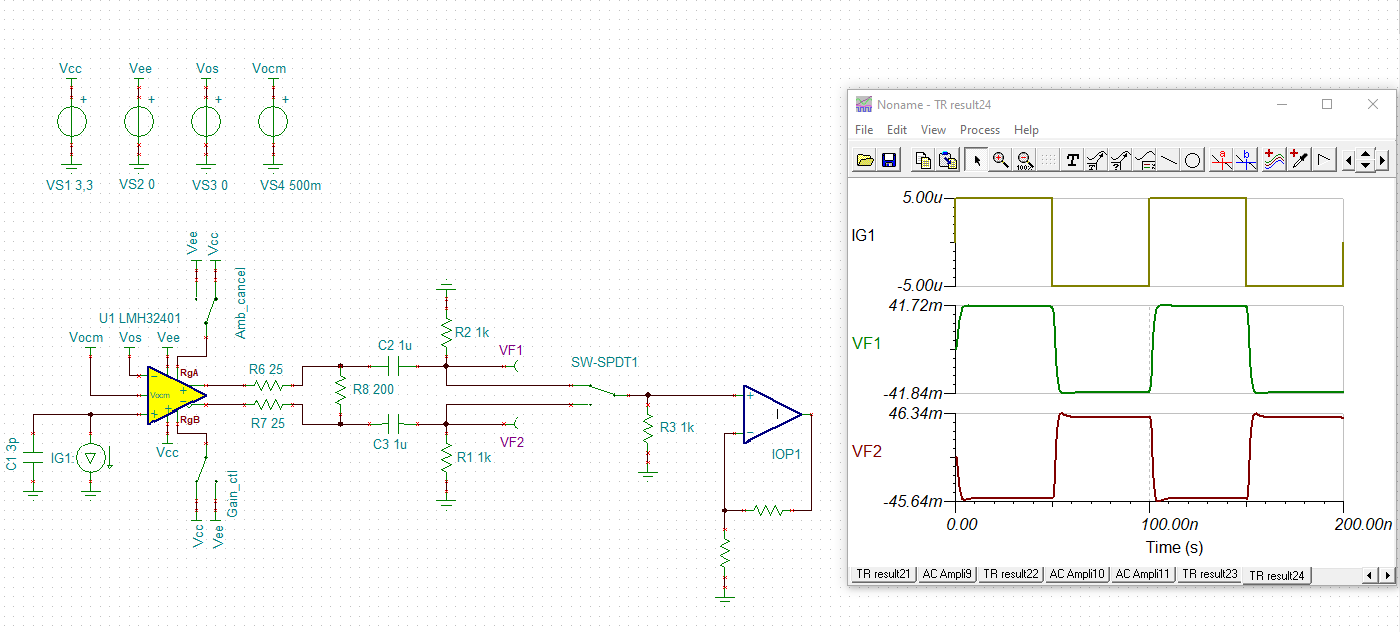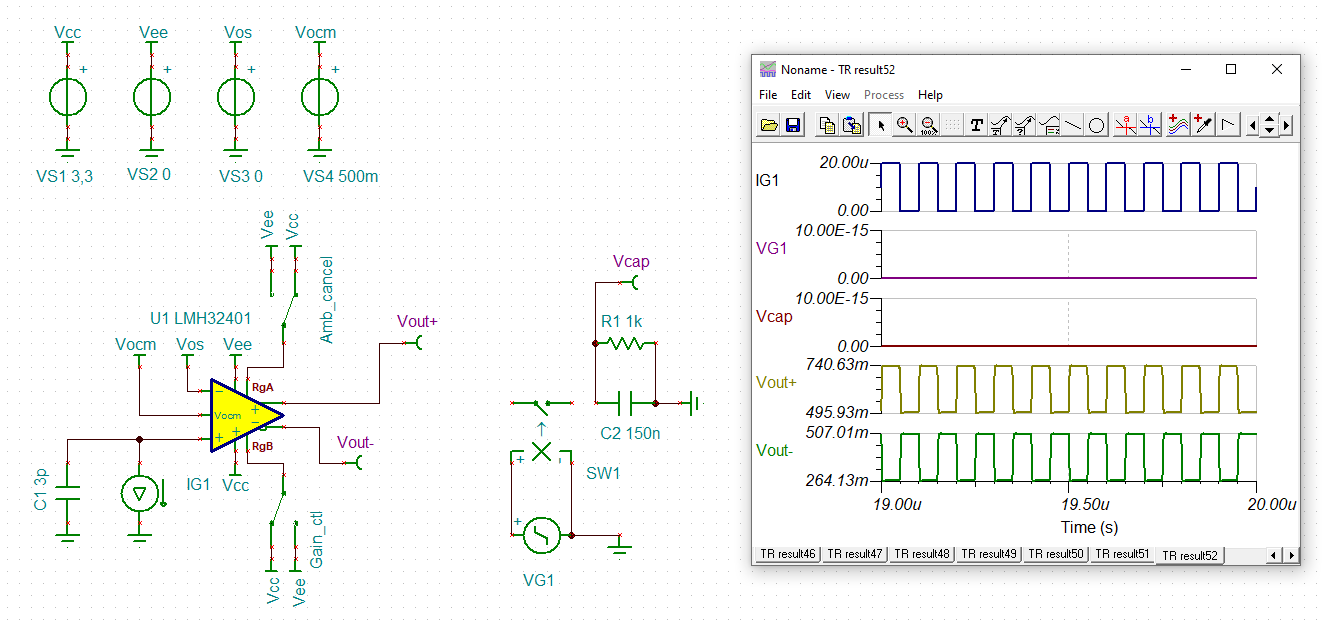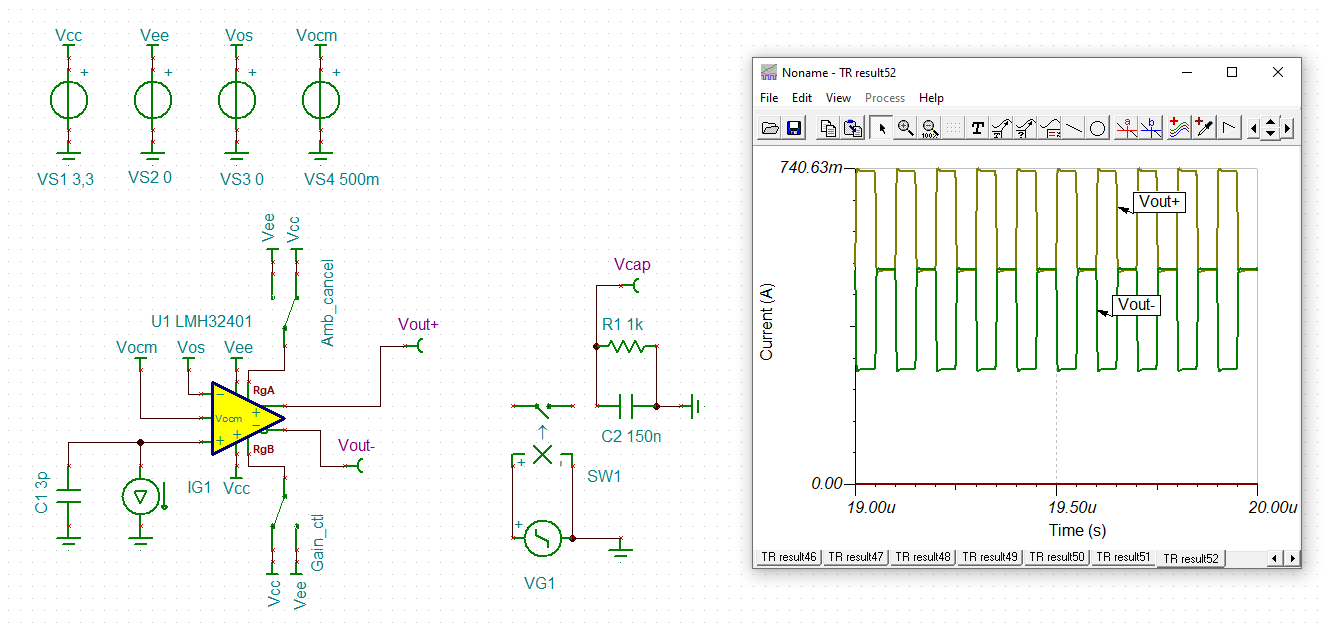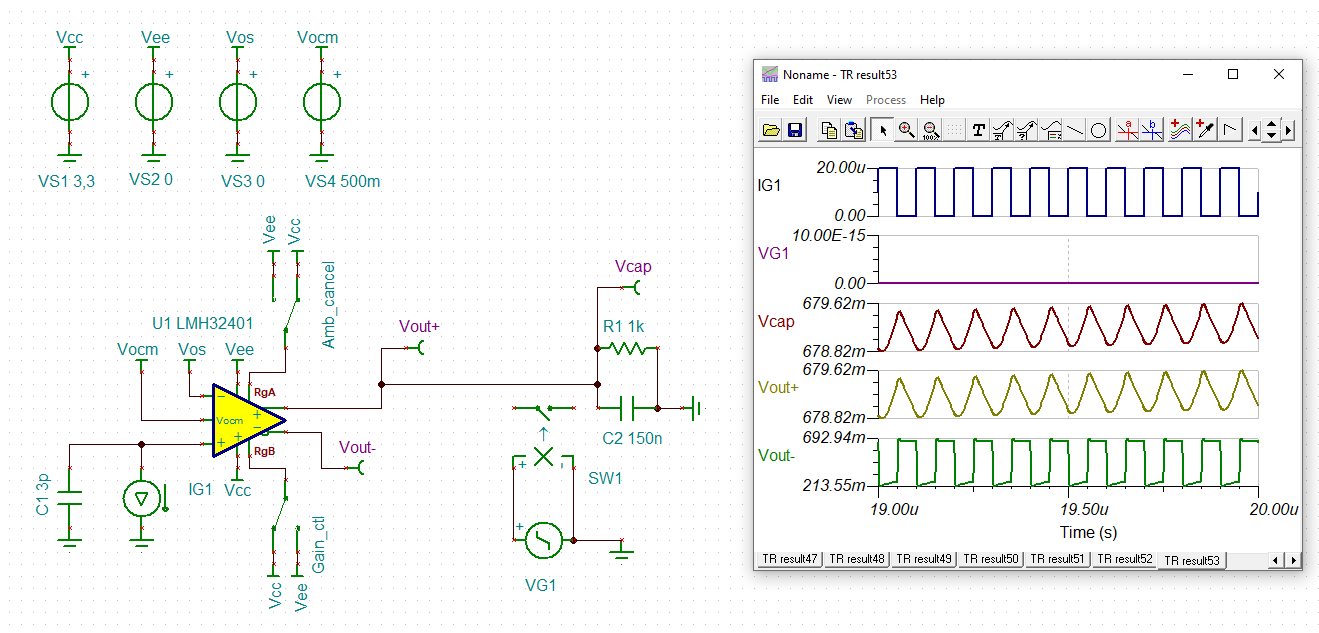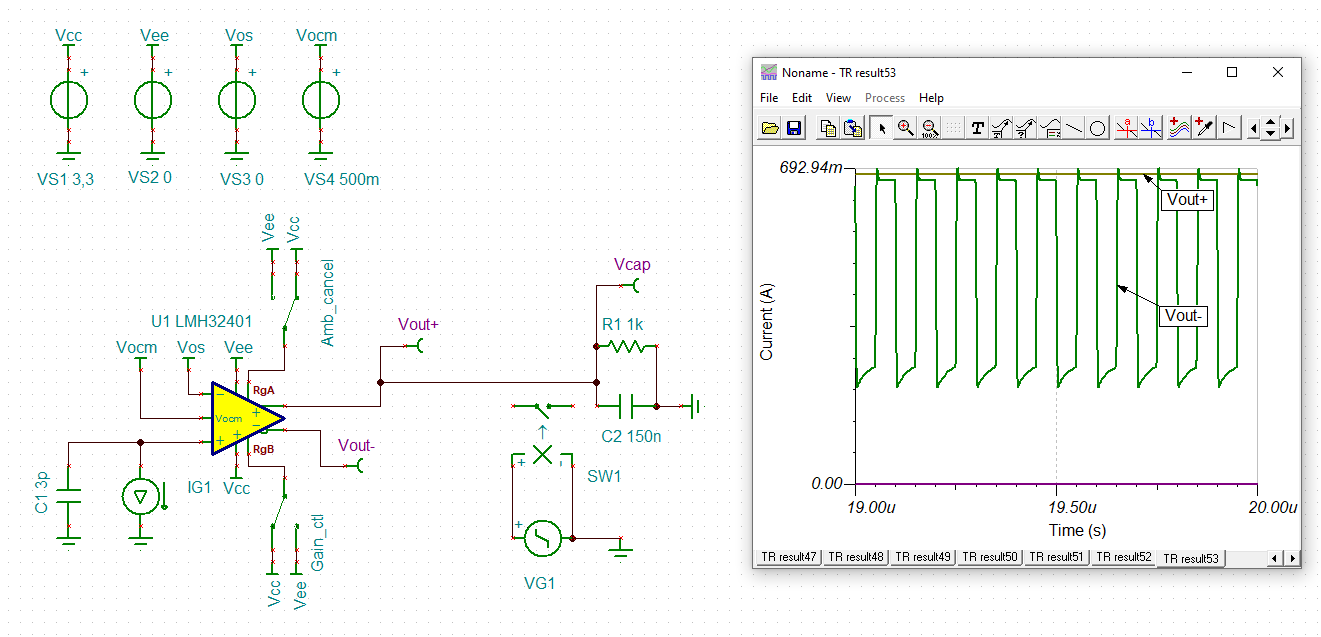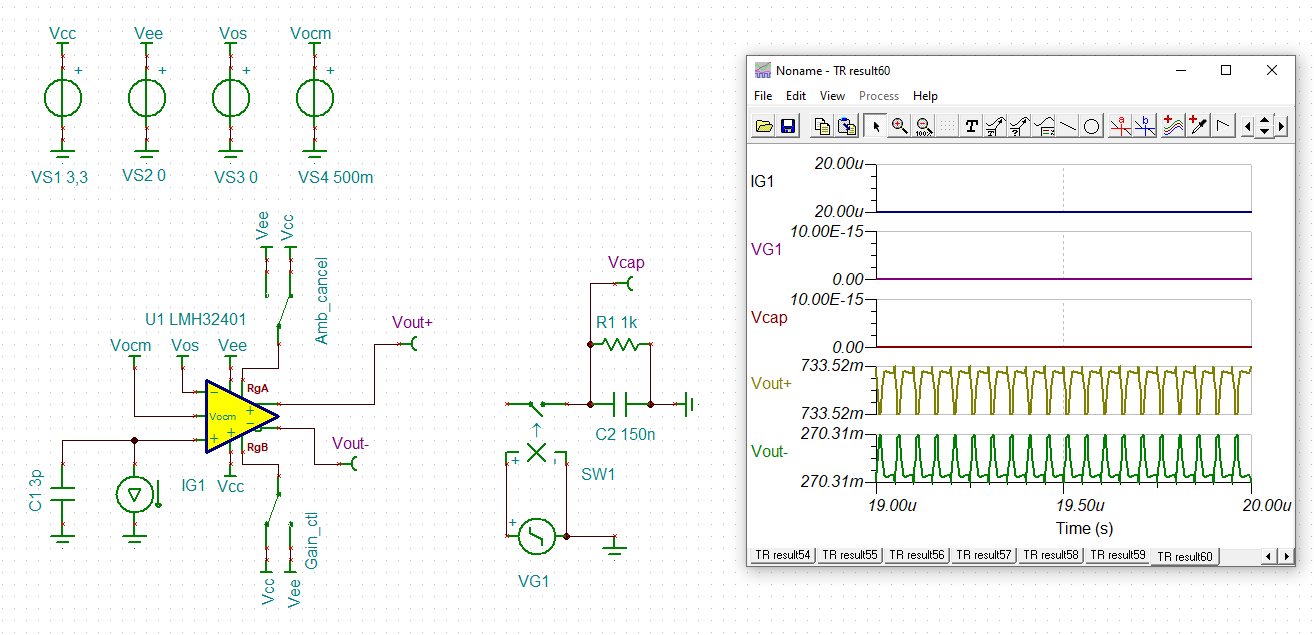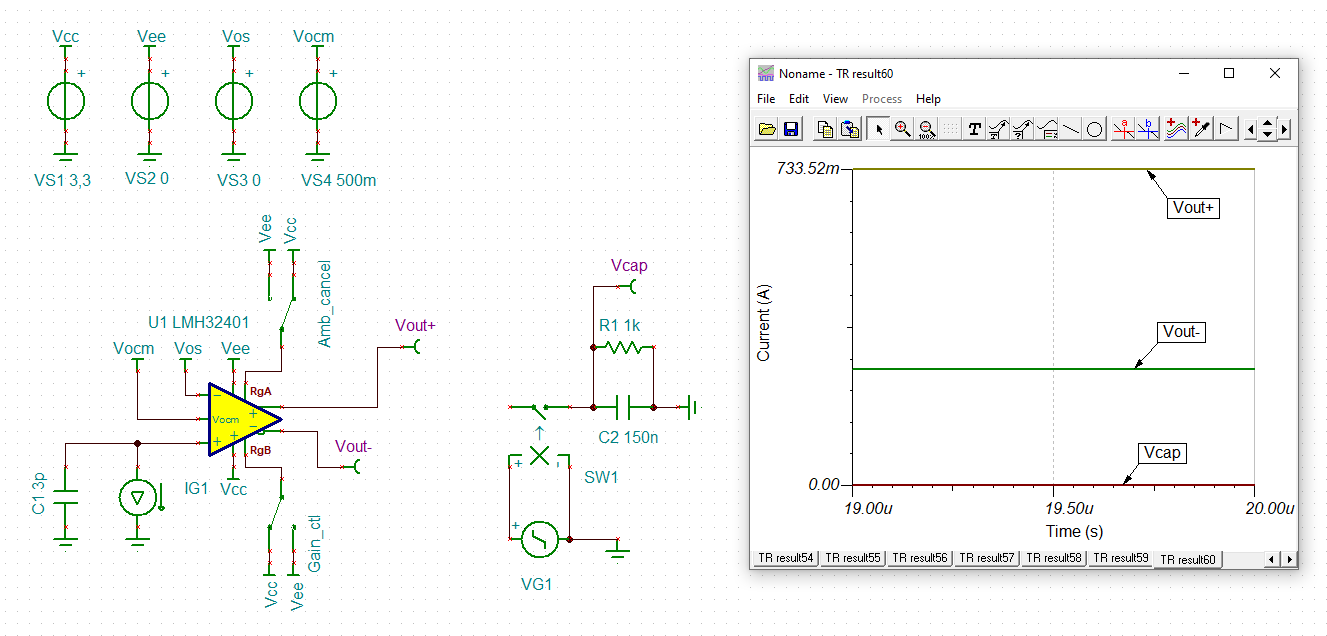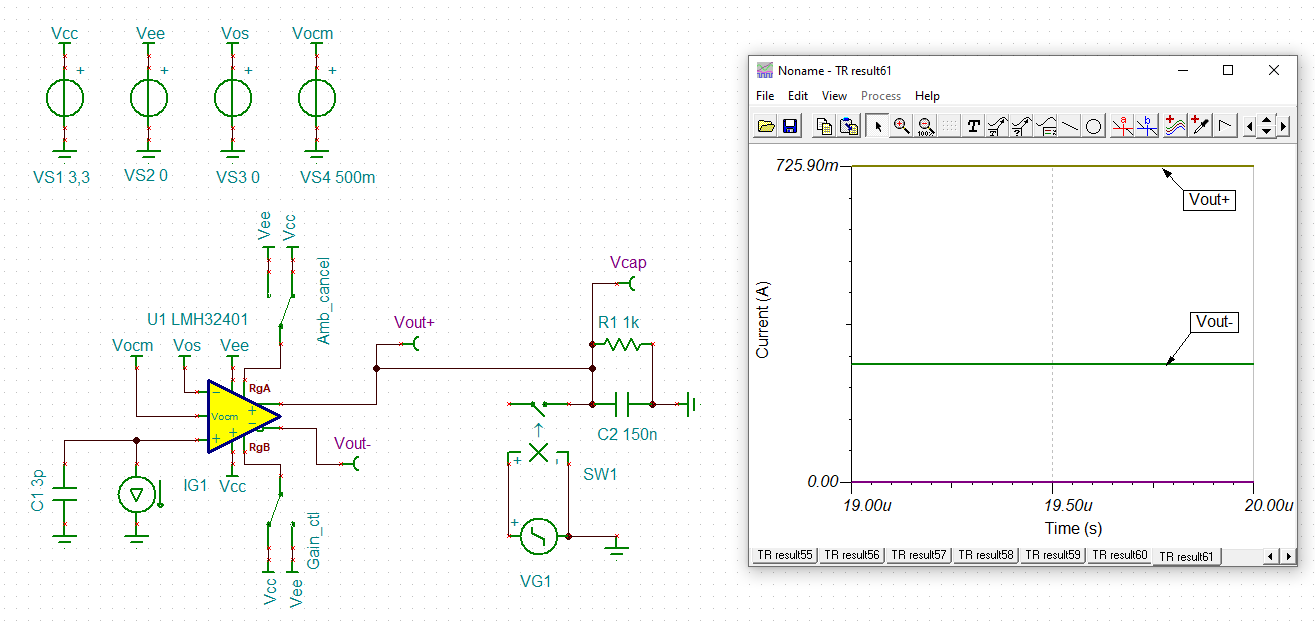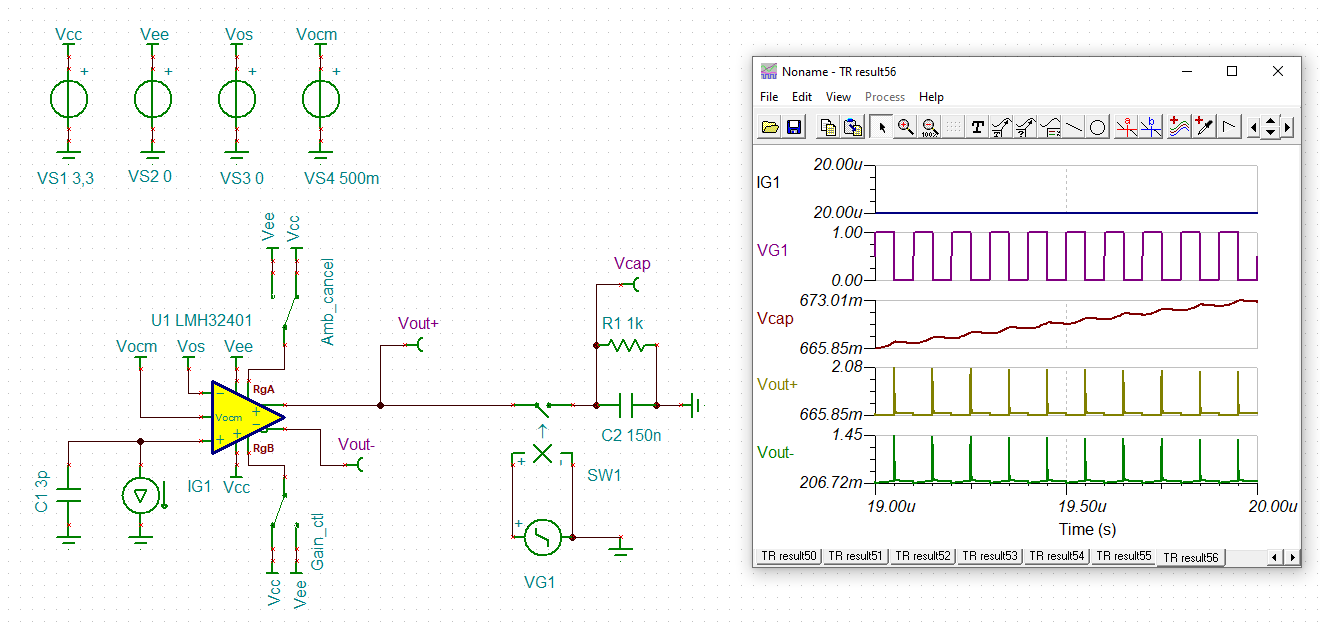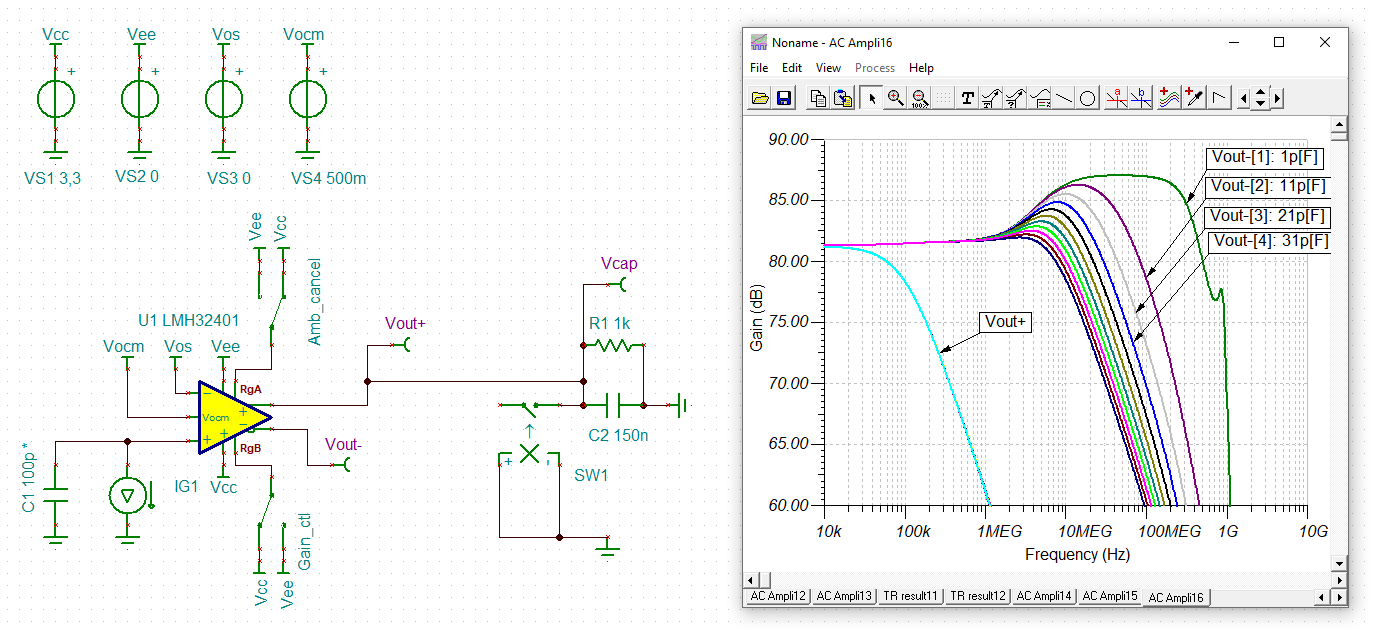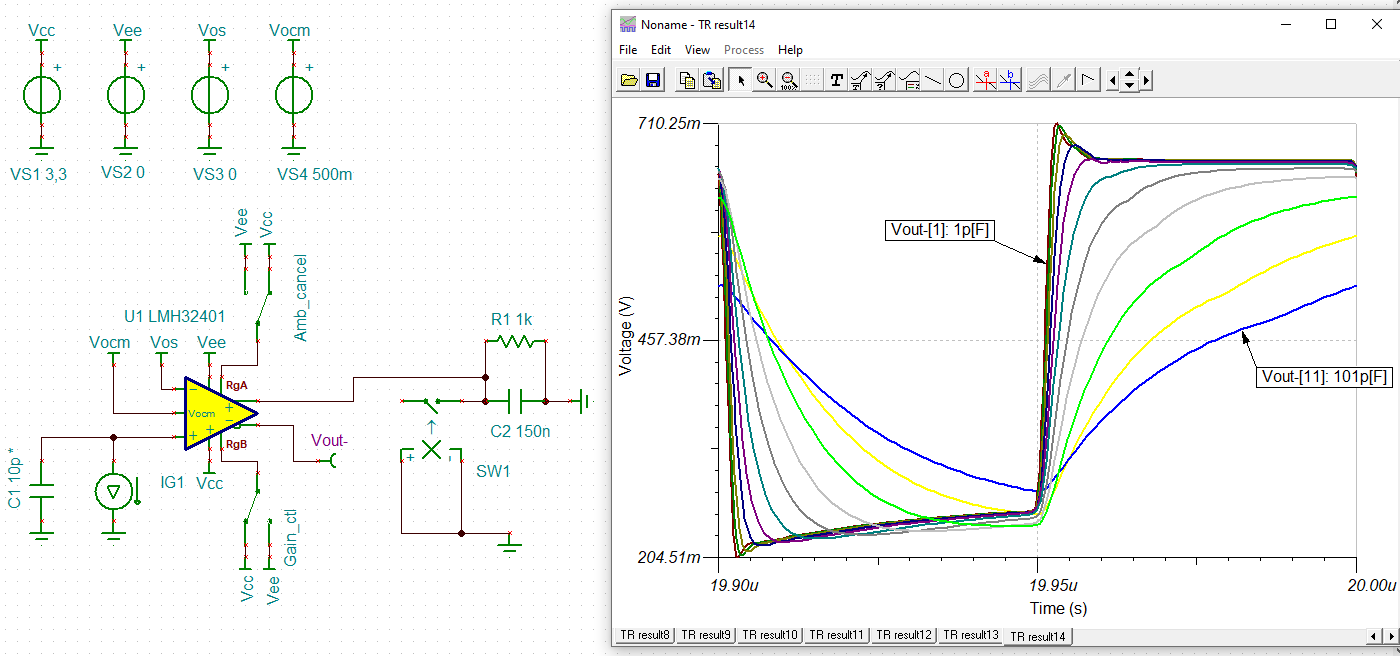Other Parts Discussed in Thread: OPA2182
Hi Team
Hello, I am trying to have an analog front-end transimpedance amplifier for our sensor. When designing the PCB, the most common solution would be having a SMA socket on the broad then connecting the sensor with PCB using the sma cable. However, for this kind of high speed transimpedance amplifier, any addition capacitors on the input might cause instability problem. I know cables will introduce a lot of capacitance. Then what do you suggest to feed the input current? Should I have a sma socket on the pcb? Or what did you guys do when you test this chip and get all the data on the data sheet?
Thank you.
Best regards,
William



